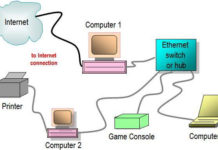Current based relay | Voltage based relay:
Current based relay:
Current based relay is nothing but an operating element or relay coil is designed to operate only when the current flow exceeds the preset value. Current based relay does not require significance potential difference between the operating coil. But always there is some voltage drop across the relay must be present due to the relay coil resistance. The setting value or relay pickup value is set by percentage of current (10%I, 20% I, 50% I). The relay coil is connected in series with the current transformer. The relay coil is generally designed to operate high current with low voltage. The operating coil has low impedance.
[wp_ad_camp_2]
Example: Differential protection, Overcurrent protection, Earth fault protection, standby earth fault protection, Restricted earth fault protection, etc.
See Here Full Details: 75 number of protection detailed explanation
Voltage based relay:
The voltage based relay is nothing but a relay operating coil is designed to operate when the voltage across the relay reduced the pickup value. Voltage based relay coil is connected in parallel with the potential transformer. It does not require current transformer’s output. The operating coil has low impedance.
Example: Under voltage relay, TCS Trip circuit supervision relay, contact multiplier relay, and other auxiliary relays.
Current and voltage based relay:
These kind of relays are designed to operate both current and voltage ratio reduces the preset value. It is called impedance relays of mho relays. These relays are used in transmission and distribution lines. The current transformer and potential transformer output is given to these relay. These relays are more sensitive as compared with current or voltage based relays.
[wp_ad_camp_2]
Example: Distance protection
Also see:
- Directional Over Current & Non Directional Over Current Protection Working Principle
- How to Calculate Stabilizing Resistor for High Impedance Differential Protection
- Merz Price Differential Protection for Generators
- Merz Price Differential Protection for Transformer
- Neutral Voltage Protection -59GN- 95% stator Earth fault protection
- Percentage Differential Relay or Biased Differential Protection
- Primary and Backup Protection Working Principle
- Rate Of Change Of Frequency (ROCOF) Protection df/dt Working Principle
- Why PT and CT Terminals are Star Connected
- Why PT burden is high Compare with CT burden?

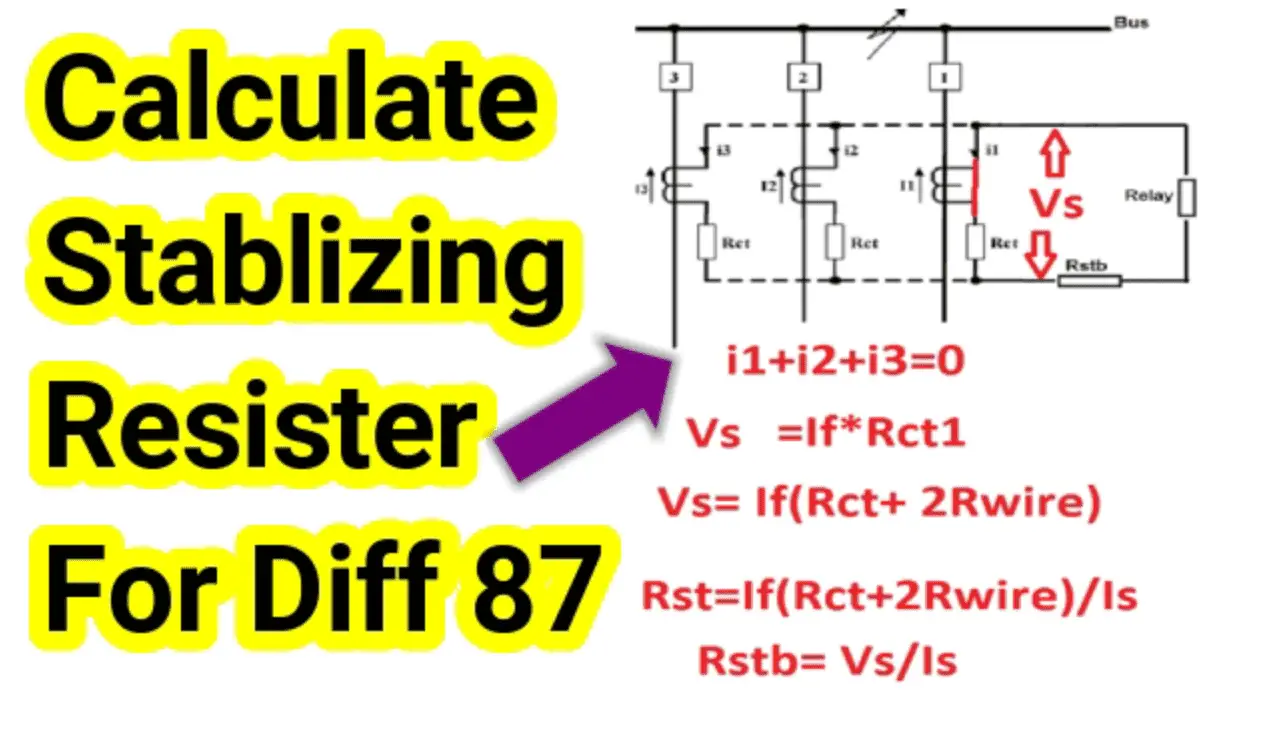
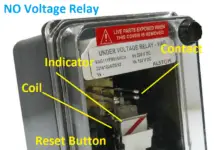
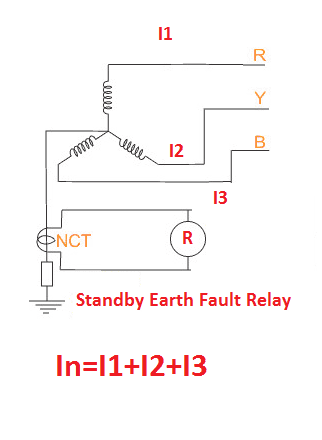
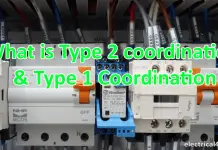

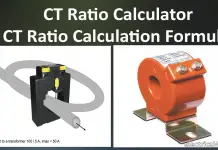

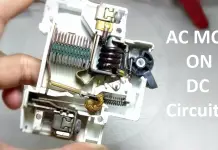
![What is Arc Chute? Types, Working Principle [Video Included] arc chute working priciple](https://www.electrical4u.net/wp-content/uploads/2020/06/arc-chute-218x150.png)
